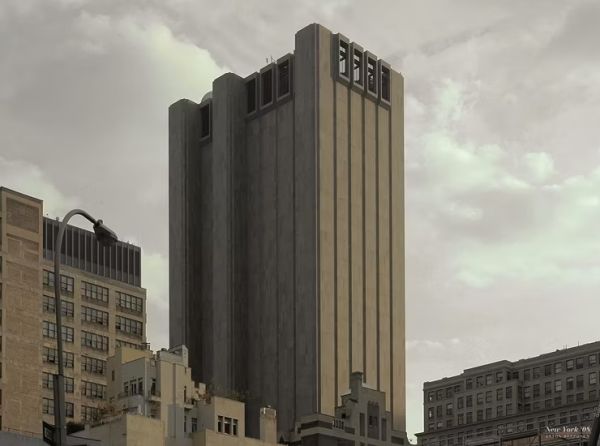In the heart of Lower Manhattan, a peculiar skyscraper has long fascinated New Yorkers. 33 Thomas Street, also known as the “Long Lines Building,” stands out due to its unique design – a 29-story tower without a single window. Despite its enigmatic presence, this building holds a captivating history that intertwines telecommunications and surveillance.
Built in 1974, the structure was designed to be a fortified communication hub, capable of withstanding atomic blasts. The architectural firm John Carl Warnecke & Associates created a 550-foot tower made of concrete and granite, with a distinctive appearance that casts a giant shadow by day and takes on an eerie aura at night.

Recent revelations have shed light on the building’s true purpose, suggesting it served as an NSA surveillance site codenamed Titanpointe. Inside, a significant international gateway switch routes phone calls between the US and countries worldwide, with the NSA believed to have tapped into these calls from a secure facility within the AT&T building.
This covert surveillance program targeted international organizations and countries, including US allies. While AT&T’s collaboration with the NSA is no secret, the specific role of facilities like 33 Thomas Street in housing top-secret programs remained unknown until recently.
The NSA’s presence in this iconic skyscraper raises fundamental questions about surveillance boundaries in our modern world. As Elizabeth Goitein notes, “This is proof that our communications service providers have become an arm of the surveillance state.”
The deep integration of the NSA within domestic communications infrastructure challenges the notion that surveillance can be neatly confined to non-American targets.
The full extent of the NSA’s involvement in 33 Thomas Street remains unclear, raising important questions about government surveillance.
This enigmatic skyscraper serves as a symbol of the complex interplay between privacy and security in our interconnected world, highlighting the challenges of ensuring adequate oversight in an era of advanced technology and government surveillance.



